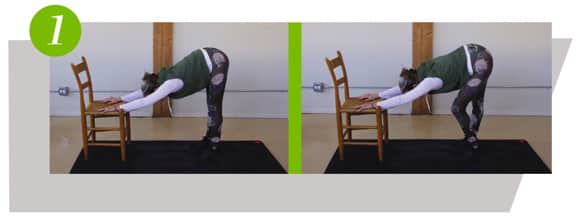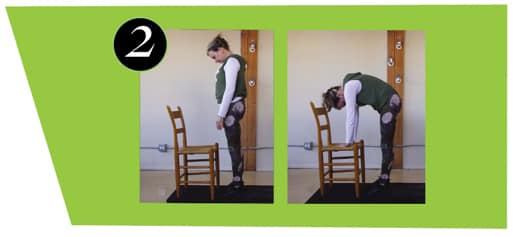Regular stretching improves flexibility and minimizes injuries
If stretching is one of the good-for-you habits that you know you’re “supposed” to do but usually don’t — like flossing or applying sunscreen — it’s time to rethink your position. Stretching has numerous benefits and
few drawbacks.
“Regular stretching that is done properly and effectively can potentially prevent injuries,” says physiatrist Debbie Lee, MD, an attending physician at Shirley Ryan AbilityLab. “[It may] improve your overall flexibility, which in turn can promote correct posture and body alignment, optimal joint range of motion, and efficient movement. It can even improve your mental energy and sense of well-being.”
People who are short on time may forego stretching before or after workouts, but it’s an essential way to stay in shape.
“When we traditionally talk about exercise, we think of getting stronger, getting more muscle mass, and sometimes that can actually inhibit our ability to be flexible,” says occupational therapist Stephanie Davies Devlin, owner and lead therapist at SD Rehab Inc., a rehabilitation and alternative fitness studio in Chicago. “We need to find a balance, and often stretching is what helps find that balance.”
Easy does it
Take the time for some slow, gentle stretches. Only stretch as far as comfortable, tuning into the sensations you feel when you stretch.
“Stretching shouldn’t be a force that we’re imposing on our body,” Devlin says. “Stretching should be a question we’re asking our body, and we’re listening for the answer.”
Avoid vigorous bouncing or overstretching, which may cause injuries. This is not a case of no pain, no gain. “Enduring pain to obtain full range of motion should also not be the aim of a stretch,” Lee says.
As you get older, there are benefits to stretching regularly, for the sake of safety and flexibility.
“Appropriate stretching becomes especially important as people age because of the natural progression of declining muscle mass, strength, coordination, and joint range of motion, which place the aging population at increased risk for injury,” Lee says.
Some people who have never stretched before may be hesitant to begin now, but learning a few ways to elongate your body has its benefits whenever you start.
“If we haven’t learned how to stretch, it’s hard to start that later in life when we’re starting to feel pain or stiffness. But it’s always possible to start a stretching program,” Devlin says.
Supported stretches
Devlin recommends these stretches. Use a chair for support.
Full body stretch

Stand about 2 feet in front of a chair. Bend forward at your waist, placing your palms on the chair seat while keeping your legs straight. Slowly walk your feet backward as far as you can comfortably go, keeping your hands on the seat while sinking your armpits toward the ground.
You should feel a stretch up your arms and in your underarms, as well as in your calves and up the backs of your legs. Hold the stretch for 10 to 20 seconds.
Next, bend your left knee, keeping your left toes on the ground, to feel a stretch up the back of your right leg. Hold for 10 to 20 seconds. Repeat the stretch, bending your right knee. Then walk your feet toward the chair, lift your palms from the seat, and return to an upright position.
Angry cat stretch

Seated back stretch

Originally published in the Spring/Summer 2022 print issue.

Lisa Fields covers health, psychology, nutrition, fitness, and eldercare for Reader’s Digest, AARP, Next Avenue, and other publications.












